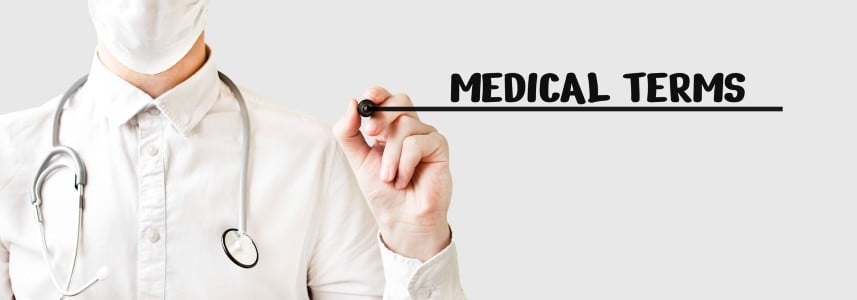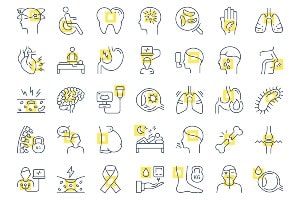About Lipid Panel (Triglyceride Test)

Learn about the disease, illness and/or condition Lipid Panel (Triglyceride Test) including: symptoms, causes, treatments, contraindications and conditions at ClusterMed.info.
Lipid Panel (Triglyceride Test)

| Lipid Panel (Triglyceride Test) |
|---|
Lipid Panel (Triglyceride Test) InformationChanges in dietThe following dietary changes may be helpful in lowering triglycerides.
Triglyceride test facts
How are triglyceride levels measured?Triglyceride levels in the blood are measured by a simple blood test. Often, triglycerides are measured as part of a lipoprotein panel (lipid panel) in which triglycerides, cholesterol, HDL (high density lipoprotein), and LDL (low density lipoprotein) are measured at the same time. Fasting for 8-12 hours before the test is required. Fat levels in the blood are affected by recent eating and digestion. Falsely elevated results may occur if the blood test is done just after eating. How can I lower my triglyceride levels?Returning triglyceride levels to normal may decrease the risk of heart attack, stroke, and peripheral artery disease. Controlling high triglycerides and high cholesterol is a lifelong challenge. A healthy lifestyle includes eating well, exercising routinely, smoking cessation, and weight loss. This may be all that is needed, but some people additionally require medications to lower triglyceride levels in the blood. Your health-care professional will help make decisions with you to decide what treatment combination is most appropriate. What are normal triglyceride levels, and what do high triglyceride levels mean?Elevated triglycerides place an individual at risk for atherosclerosis. Triglyceride and cholesterol levels are measured in the blood to provide a method of screening for this risk.
What are triglycerides?Triglycerides are chemical compounds digested by the body to provide it with the energy for metabolism. Triglycerides are the most common form of fat in the body. They are the main ingredient in vegetable oils and animal fats.The triglyceride molecule is a form of the chemical glycerol (tri=three molecules of fatty acid + glyceride=glycerol) that contains three fatty acids. To be absorbed, these parts are broken apart in the small intestine, and afterwards are reassembled with cholesterol to form chylomicrons. This is the source of energy for cells in the body. Fat cells and liver cells are used as storage sites and release chylomicrons when the body needs the energy.Elevated triglyceride levels are a risk factor for atherosclerosis, the narrowing of arteries with the buildup of fatty plaques that may lead to heart attack, stroke, and peripheral artery disease. Markedly elevated triglyceride levels may also cause fatty liver disease and pancreatitis.Elevated triglyceride levels in the blood may be caused by certain diseases and conditions including:
|
More Diseases
A | B | C | D | E | F | G | H | I | J | K | L | M | N | O | P | Q | R | S | T | U | V | W | X | Y | Z
Diseases & Illnesses Definitions Of The Day
- Broken Phalange (Broken Finger) ‐ Broken finger facts, Broken finger introduction, How can a broken finger be prevented? …
- Treatment for Diabetes (Diabetes Treatment) ‐ Acarbose (Precose), Albiglutide (Tanzeum), Canagliflozin (Invokana) and dapagliflozin (Farxiga) …
- Colitis, Ulcerative (Ulcerative Colitis) ‐ 5-ASA Compounds, Are there any special dietary requirements for persons with ulcerative colitis? …
- Pulseless Disease (Takayasu Disease) ‐ Can Takayasu disease be prevented?, How is Takayasu disease diagnosed? …
- Chronic Pain Management (Pain Management) ‐ How is pain treatment guided?, Introduction to pain management …
- Disease Prevention in Women ‐ Benefits of early detection, Bladder cancer, Breast cancer, Cancer of colon and rectum / polyps of colon and rectum …
- Lumbar Hernia (Hernia Overview) ‐ How do health care professionals diagnose abdominal hernias? …
- Pulmonic Heart Valve Replacement (Heart Valve Disease Treatment) ‐ Are There Non-Surgical Options for Valve Disease?, Introduction to Heart Valve Surgery …
- Loss Of Consciousness (Fainting) ‐
- Work Health (Health and the Workplace) ‐ Coping with work stress in today's uncertain climate, Tip 1: Recognize warning signs of excessive stress at work …